Whether it’s the fabled Stratos, low-slung 037 or steroidal Delta integrale, each has a lineage steeped in mud-ridden competition pedigree. Now, many of the original rally-prepped cars have been hidden in private collections – so what better than to take a look at their road-going alter-egos?
Lancia Stratos Stradale
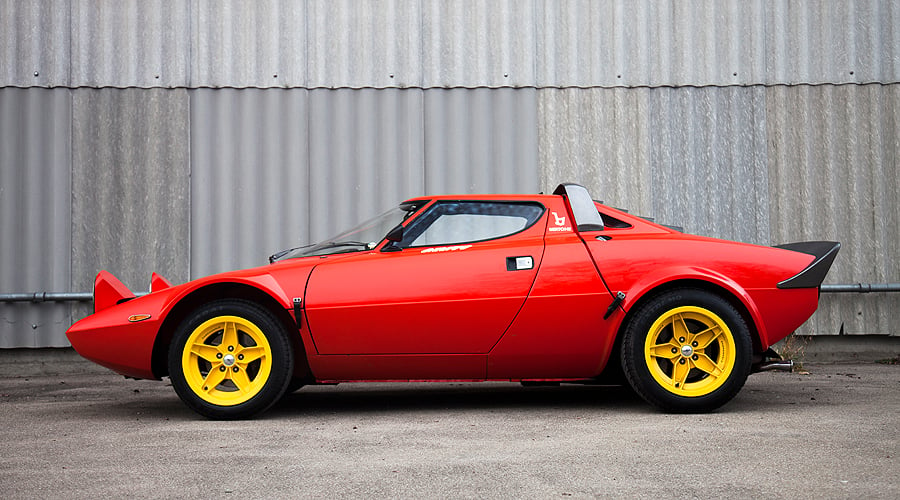
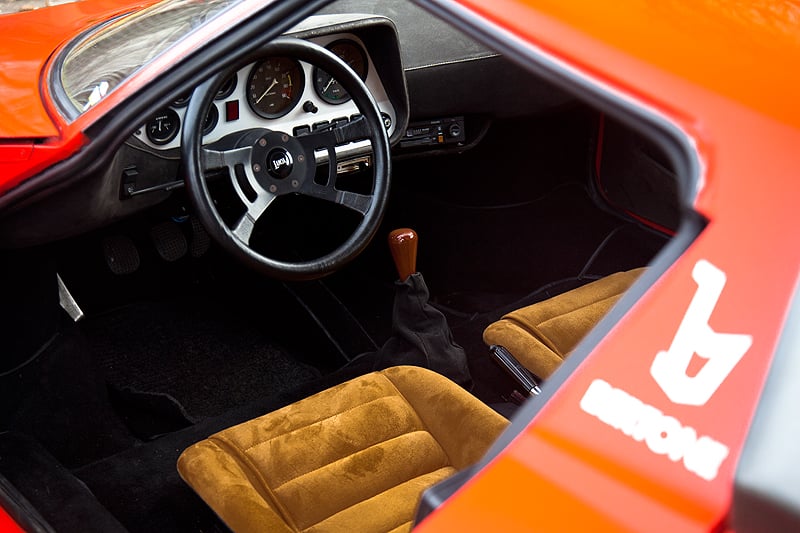
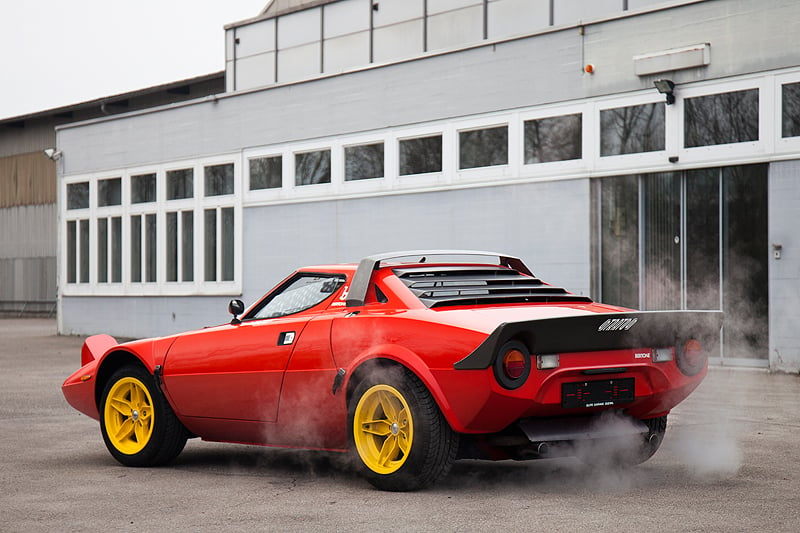
Lancia’s trilogy of successful rally cars is rooted in 1970, and the launch of Bertone’s Stratos Zero concept car. The resulting Stratos HF shared little aesthetically with its namesake, but nevertheless took the automotive world by storm with its wedgy shape and blistering performance. Packing a Ferrari Dino-sourced 2.4-litre V6 developing upwards of 270bhp, it virtually owned the World Rally Championship from 1974 until 1976, thus becoming a legend almost instantaneously.
Of course, homologation was required before the Stratos was eligible for competition success. Enter the Stratos Stradale, whose detuned (to around 190bhp) engine provided a sub-5-second 0-62mph sprint time and a top speed of 144mph. However, the quest for that kind of performance – and the rush to build the number of cars required for homologation – meant build quality and ergonomic considerations were not given much attention. But all that is instantly forgiven when the front and rear sections are tipped, allowing a peek at the rally-derived mechanicals.
Lancia 037
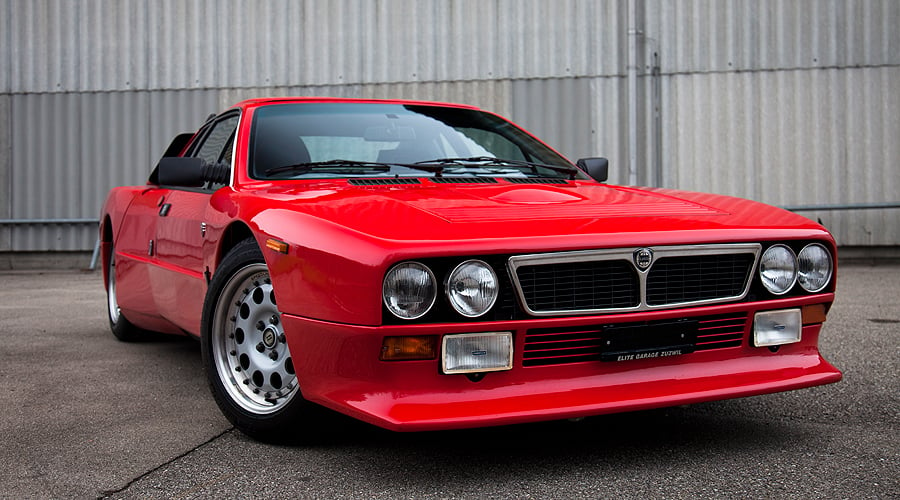
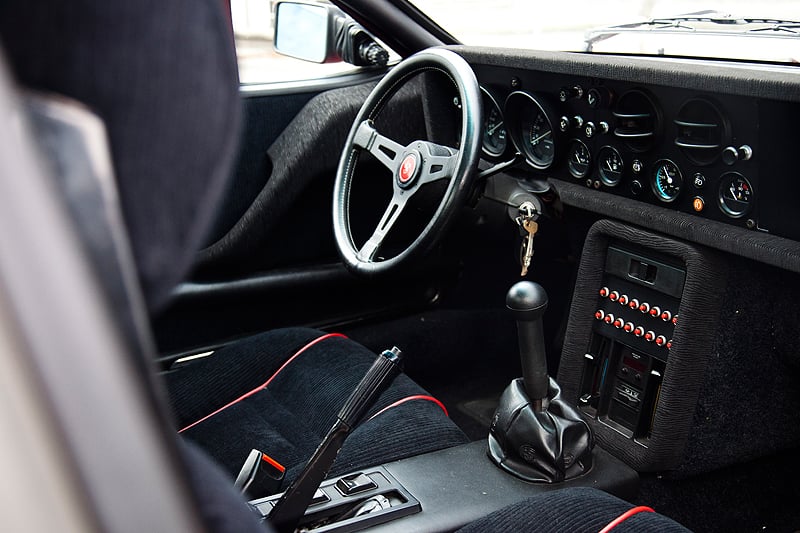
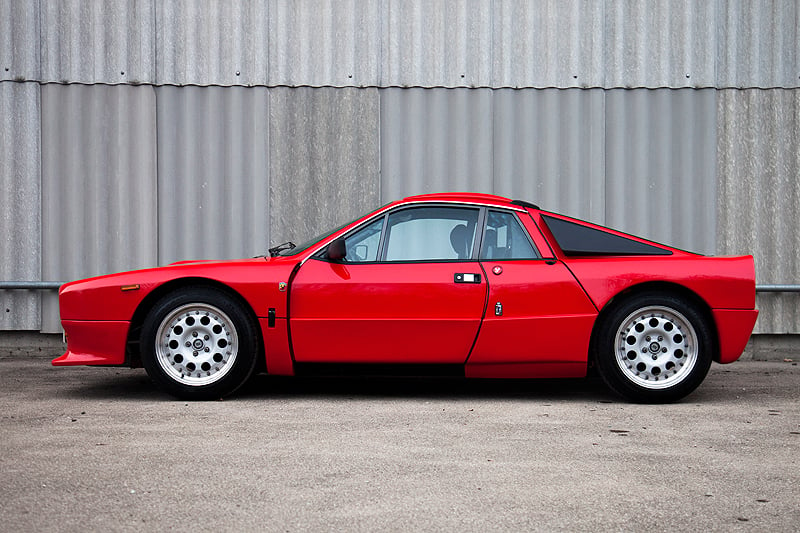
Tasked with following in the Stratos’s sizeable footsteps was a car simply known by its internal project number: #037. It was the product of a dream partnership between Lancia, Abarth and Pininfarina, and used a supercharged 2.0-litre four-pot feeding up to 350bhp to the rear wheels. The 037 took the Constructors' title in the 1983 World Rally Championship; the subsequent success of four-wheel drive meant the Lancia was the last rear-driven car to do so.
Like its predecessor, the ‘Stradale’ version used a detuned version of the rally-spec engine in the interests of long-term reliability, resulting in a more modest 205bhp output. However, the car’s amidships engine placement and low weight (around 1,170kg) meant an entertaining drive, despite the car being relatively well-appointed for a homologation special. The spritely 037 was garnished with electric windows and interior carpeting, while the deletion of the black rubber rear spoiler rectified the rearward vision problems that were a bugbear of the Stratos. All road-going 037s were originally finished in red.
Lancia Delta Integrale HF
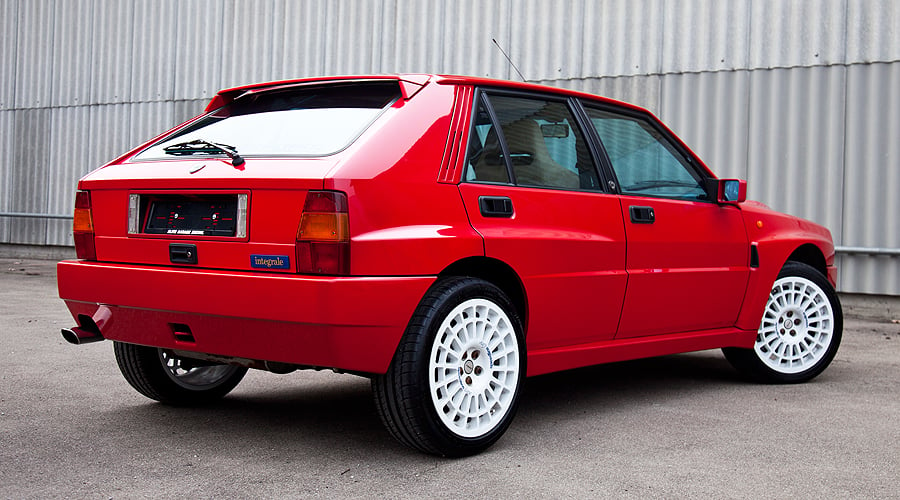
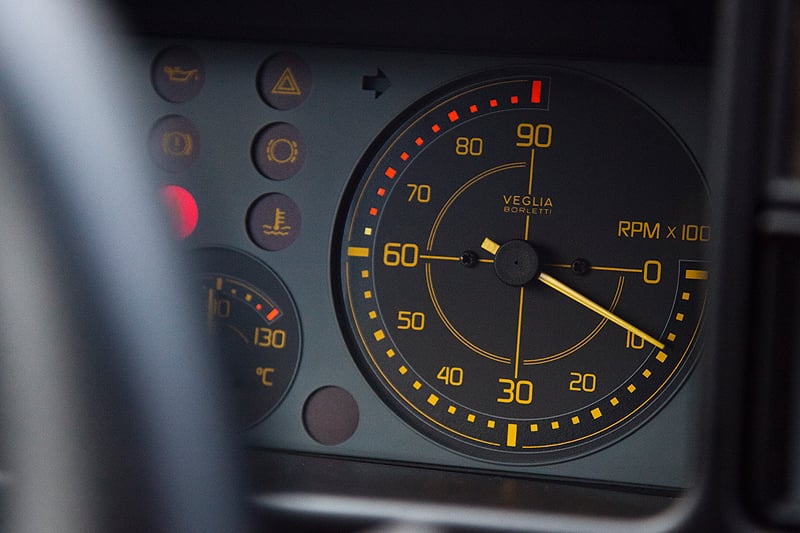
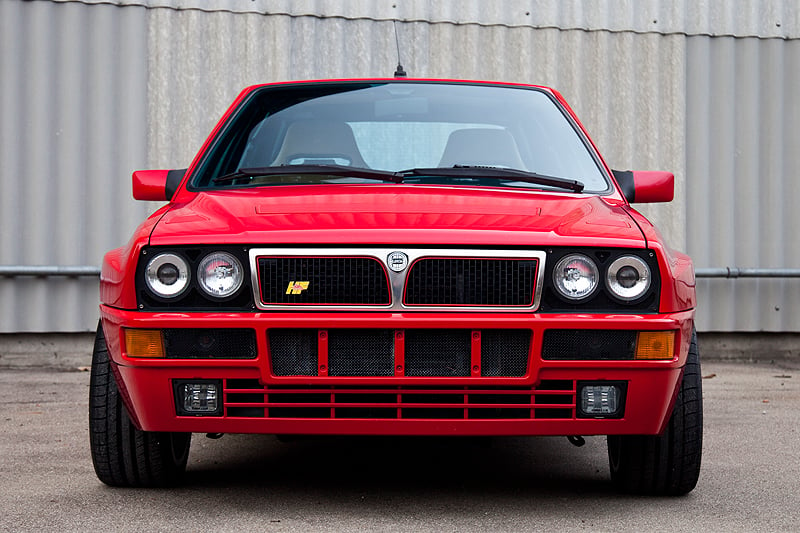
After the 037’s rapid obsolescence following the across-board switch to four-wheel drive, Lancia developed the Delta S4. Although it looked dissimilar to its predecessor, the new all-wheel-drive car shared much in common with the 037 beneath its carbonfibre composite bodywork; it employed a tubular spaceframe construction and mid-engine layout (in contrast with the front-engined road car). With Group B regulations still in effect, it was not uncommon for rally-prepared S4s to produce over 500bhp; the 200 Stradale versions made 250bhp.
The abolition of the Group B class proved a blessing in disguise for Lancia: while it left competitors with no suitable cars on which to base their Group A machines, the front-engined Delta HF 4WD was the perfect solution for the Italian marque. This and the subsequent 'integrale' iterations of the Delta meant Lancia secured the Constructors' championship for a record six consecutive years, which of course gave the Delta instant hero status.
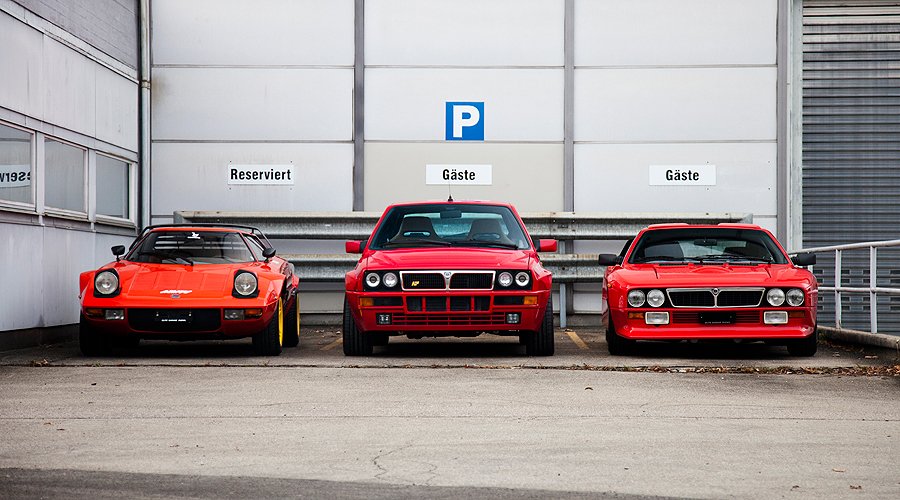
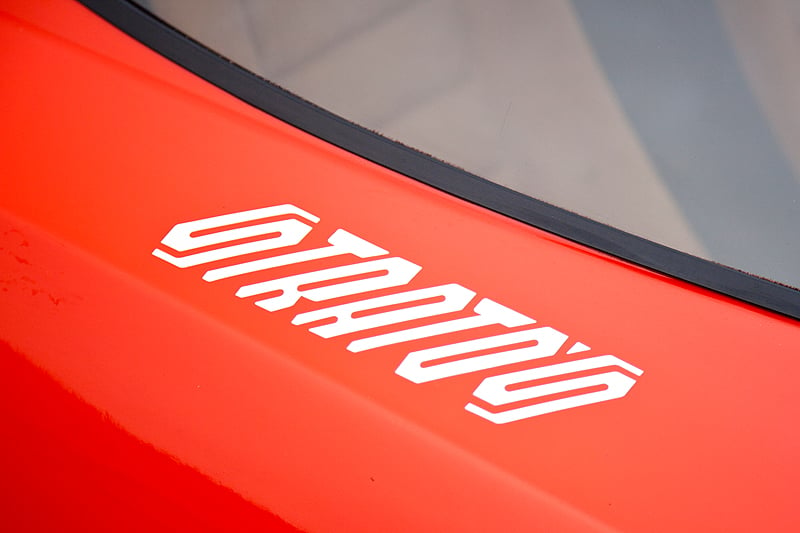
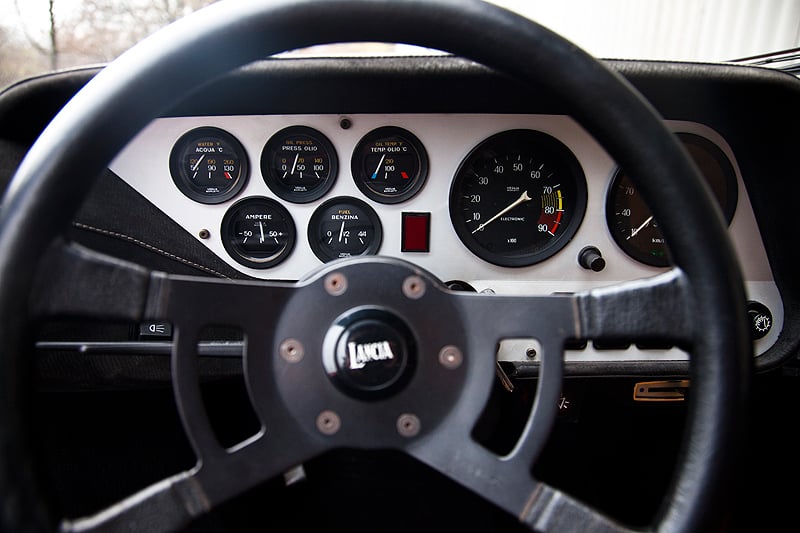
Rounding off our striking trio, the Delta shown here is an Evo II version. Despite being catalysed, it wrung 5bhp more than the Evo I from the same 1,995cc engine, giving a total figure of 212bhp. While the initiated will know that the Evo II was never campaigned by the factory, this 1994 example offers a delightful introduction to competition-bred machinery – indeed, we’d recommend learning to tame one of these first, before moving on to the more demanding Stratos and 037.
Photos: Jan Baedeker















